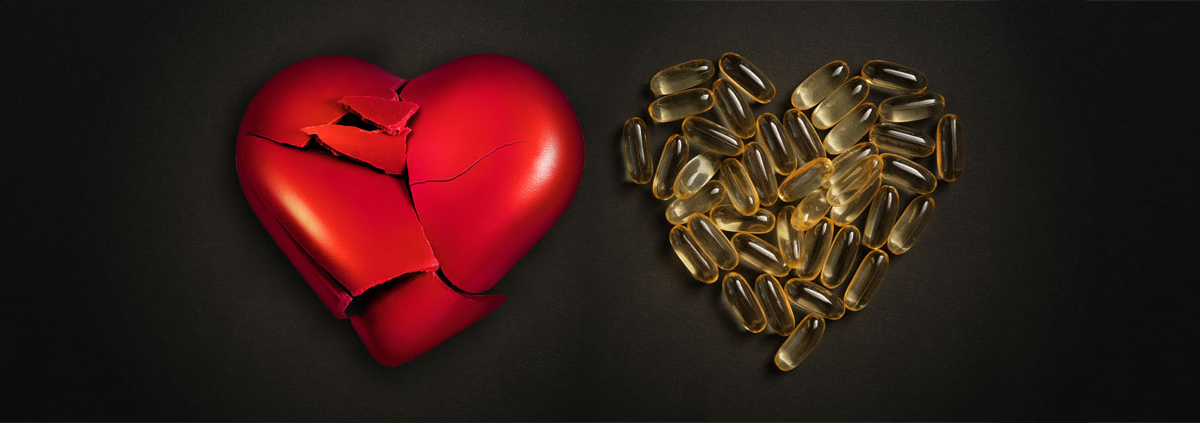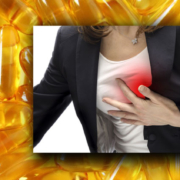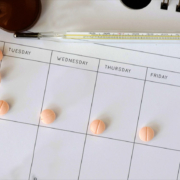Should People with CVD Take Omega-3s?
Last time, I talked about some research that hasn’t been done to definitively know whether DHA contributes to arrhythmias or not, but I implied that there may be one issue that may have contributed to this latest study. Let’s talk about research bias.
Research Bias
Some of the researchers who examined the data from the longitudinal study I talked about on Tuesday were also involved in at least one of the clinical trials on Vascepa, the pharmaceutical form of EPA-only omega-3s. I know what you’re thinking: somehow they intentionally manipulated data so that it seemed DHA was bad. I wouldn’t assume that, because these are good scientists. However, there has to be an inherent bias—beliefs that set up space in your brain and affect your actions without you realizing it. Another way of stating this would be that you find what you look for. It would be very difficult to examine any data involving EPA, DHA, and cardiovascular disease and withhold bias. I don’t believe it was intentional, but I also believe that it could have influenced the results to some degree.
The INtermountain Healthcare Biological Samples Collection Project and Investigational Registry (INSPIRE for short) is not a randomized clinical trial; it’s an observational study. I’ve already talked about the data that are missing on diet, supplementation, and exercise. In addition, it’s a big stretch to suggest that 10 years after samples were taken during an angiographic procedure that the same distribution of EPA-DHA was maintained.
Prior Research
Let’s think about the studies from last week: they were test-tube studies. Those are the foundation you must build before you start doing animal testing; only after that do you get to human testing. One research group also did a study on rodents which demonstrated proof of possible benefit. Have we had that type of research on EPA and DHA as it relates to cardiovascular disease? I did find some.
There have been studies examining how omega-3s may positively affect heart rhythms. In studies on rodents and dogs, DHA but not EPA showed clear benefits on reducing atrial fibrillation and other forms of cardiovascular disease.
But when you examine research on humans, the data are conflicting. By that I mean that some studies show that higher DHA intake and/or levels are associated with the reduction of arrhythmias. Other more recent research shows that it may not. There’s simply not enough information to make a decision.
The Bottom Line
At this point, you have to be thinking “What the heck am I supposed to do?” I think that we stand in an area of research where we have to “reserve judgment,” or maybe it would be better to say to “reserve condemnation.” We just don’t have enough data to make an informed decision either way. I’ve illustrated some of the things that need to be answered as it relates to omega-3 intake, but there are many more questions.
So I’ll leave you with this. If you have had no signs or symptoms of cardiovascular disease, no matter your age, you can most likely continue taking the same omega-3 supplements you always have been. If you have had a heart attack with damage to the muscle tissue, that seems to be where the problem lies, but it isn’t the same for every person. I would have a discussion with your cardiologist before deciding whether to take just EPA or to continue taking combinations of EPA and DHA; that’s the prudent thing to do.
But as you make that decision, consider all the other benefits of omega-3s. A search for “omega-3” at drchet.com yields several pages of results. Very rarely in life do we have simple decisions to make; it’s always a balancing act between competing objectives and imperfect information, and this is another one of those situations.
What are you prepared to do today?
Dr. Chet
References:
1. J Am Coll Cardiol. 2021 May, 77 (18_Supplement_1) 1453.
2. Vascul Pharmacol. 2016 Jul;82:11-9. doi: 10.1016/j.vph.2016.03.007.
3. Can J Physiol Pharmacol. 2016 Mar;94(3):309-23. doi: 10.1139/cjpp-2015-0300.
4. Circulation: Arrhythmia and Electrophysiology. 2012;5:978–983.









